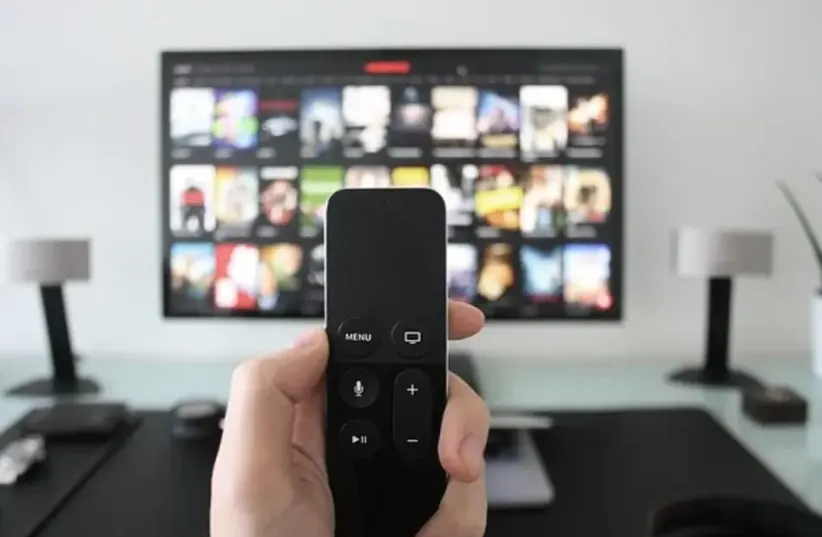With the opening of the Euro games, many of us find ourselves preparing for many hours of watching television. This is an event that brings with it a significant increase in demand for new and upgraded TV screens. What are the advantages and disadvantages of the screens, and what do we need to know before deciding on a purchase?
The screen is one of the main time wasters today. The average person spends about 50% of the hours of the day watching in front of the screen, if in the past the screen was only used for television broadcasts, today it has become a communication channel for vast and vast information. From the local and international television broadcasts, through computer games and social networks, to the smart phone screens in the hands of every child in the first grade, but nevertheless they also have considerable advantages. On the one hand, large, high-quality screens offer a fascinating and enriching viewing experience, especially in sporting events such as the Euros. On the other hand, one must take into account the large amount of time we spend in front of the screen, which can affect our family life, work and health, also there are quite a few studies that show that watching television relaxes and helps the human soul.
The evolution of the screen:
The smart mobile device, called a phone, has long since changed its primary purpose. Most of the applications in it today are for screen time and viewing, not for phone calls. The television screens have also undergone a significant evolution. To understand the changes in the consumption of televisions, it is useful to go back a little in time. Small, heavy and primitive black-and-white televisions that were common in the 70s and 80s gave way to advanced and smart giant screens. Today, screens with OLED and QLED technology offer amazing image quality, and the possibility of connecting to the Internet opens up a whole world of content.
Five decades ago, television broadcasts were still in black and white format. It was only in 1977 that broadcasts began to support color, but only after a few years did color televisions begin to decorate living rooms in homes. The common TV screens were 21 inches, and the largest ones reached 27 inches. One television for the home was a significant achievement, and the lifespan of the television was long.
The weight of a 27-inch television could reach up to 50 kilograms compared to the weight of a screen of the same size which reaches four kilograms. The television was a symbol of socio-economic status and the public's loyalty to the culture box was high, although the viewing hours were less than half of today's viewing hours . With the development of technology, huge 34-inch screens were introduced, which were huge and priced accordingly.
Today, television screens have become a standard item. In every bedroom we can find a screen hanging on the wall, and in the home living room 65 inch screens are a modest standard. The screens are connected to home communication, to mobile devices and to communication and broadcasts from any place and type. If in the past we would carefully examine the business that sells us the screen, today it is possible to purchase screens in the marketing chains and on the websites without the high involvement of salespeople.
The impact of the Euro games:
This coming weekend, the first home of the Euro 2024 games will open, and the coming month will be an experience and excitement not only for football fans, but for most of us. We will find ourselves hosting and being hosted, enjoying social events that have been absent from our lives for a long time. The preferred hosts will be those who will present the most advanced and largest screen , and will bring the most exciting atmosphere.
Peak periods in demand for television screens are around the various sports events such as the Euro Games, the Olympics, and the World Cup. This year, with the start of the Euro, an increase in demand is reported, although less significantly compared to previous years, due to the lack of cost of living and the security situation.
The TV screen market:
Two brands lead the market shares in TV screens and together account for 62% of all screen sales: the Samsung brand holds a 33% market share, followed by the LG brand with a 29% market share. The other brands occupy 38% of the screen market, with the dominant among them being the TCL brand. You can find a variety of brands that give the impression that they are well-known and successful international brands, but in fact some of them are private brands of importers in Israel that provide cheap and appropriate solutions. The market for television screens and household electrical products presents identical brands in parallel imports, just like in supermarkets and the car market. A parallel import from an unofficial importer to Israel usually offers a more attractive price, but the terms of service and warranty are not always equivalent to those of the official importer.
Price survey:
We examined a number of common screens of the well-known brands, and reviewed the price differences just before the opening whistle of the Euro games. The survey shows significant price differences between the different models.
In conclusion:
The Euro period offers an opportunity to upgrade the TV screen at home. It is important to consider the advantages and disadvantages of using the television, examine our consumption patterns and compare prices between the different models before purchasing, examine whether it is an official importer or a parallel importer in terms of product and service warranty. pleasant viewing!
